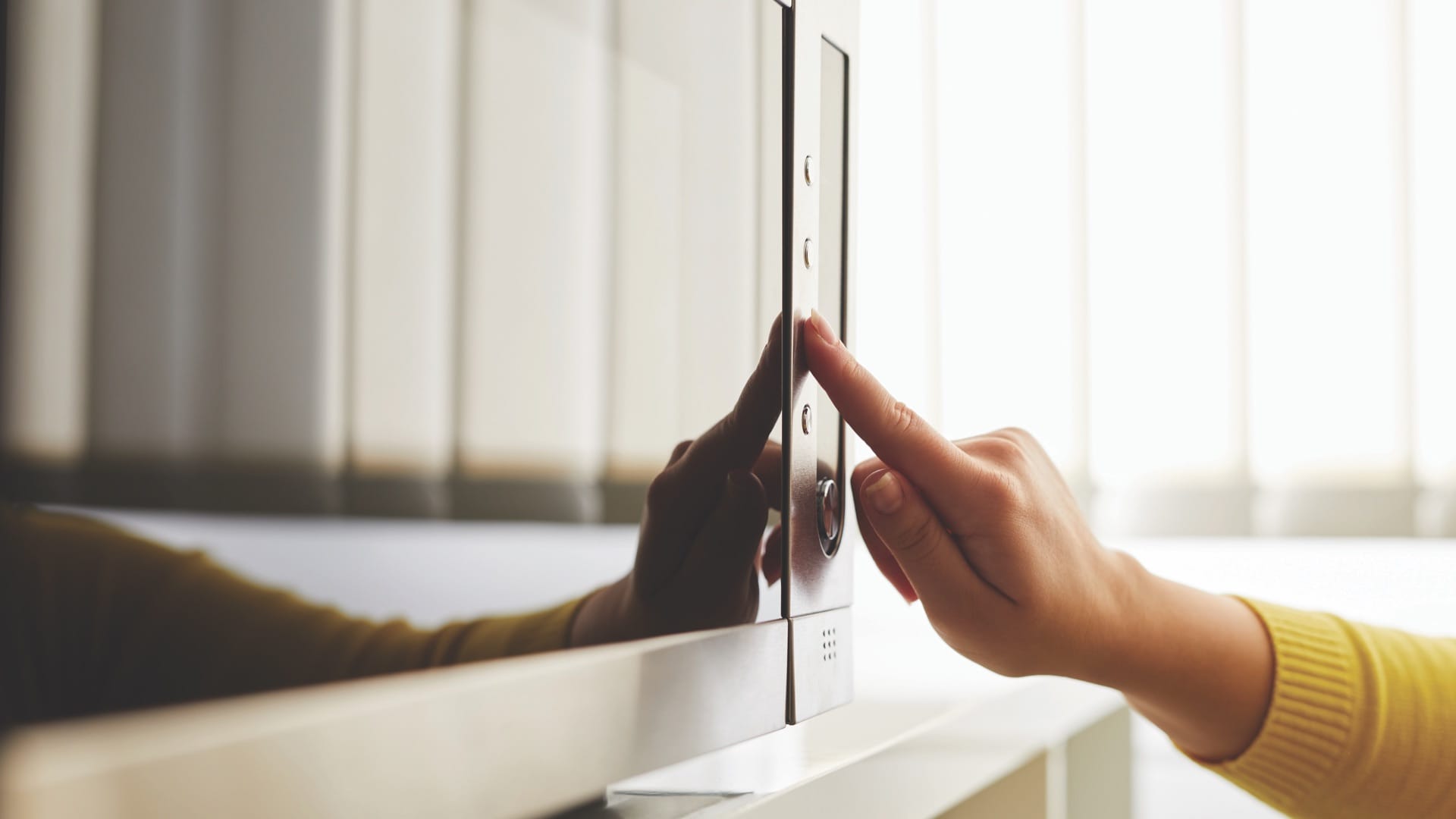
A: This question has come up from time to time, and the concerns include making food radioactive, destroying food’s nutrients, and the ovens themselves causing cancer. Perhaps some explanation about microwaves and the chemical processes involved in cooking foods may help you in your search for a definitive answer. “Radiation” is a broad term that means the emission or transmission of energy in the form of waves or particles through space or through some material. We are bathed in radiation (e.g., light, the earth itself, communication equipment, X-rays).
Some types of radiation promote health (e.g., sunlight), while others are dangerous (e.g., uranium).
Microwaves are considered safe when used in such things as home appliances, Bluetooth devices, radios, cell phones, GPS devices, and televisions. The microwaves used for cooking fall between radio and infrared light on the electromagnetic spectrum. Only under extreme conditions way beyond what we experience in our day-to-day lives have they been shown to cause harm, such as with devices meant to emit high-power electromagnetic pulses in military and research applications.*
Typically, when food is subjected to heat, the molecules in the food get agitated, and that energy changes the structure of the carbs, fats, and proteins in the food. The amount and duration of heat exposure as well as the cooking environment (water, oil, or air) determines the degree and kind of changes that occur during the cooking process.
Microwave ovens cook food by energizing the water molecules in the food item, causing them to produce heat, which then cooks the food. The microwaves affect only a small distance beneath the food’s surface; the heat produced there then travels inward to heat/cook the whole item. The rotating plate in the oven helps to facilitate more even heating but does not guarantee it.
Microwaves do not change the molecular structure of the food, nor do they make the food radioactive. Some food items—such as grapes, whole eggs, processed meats, foods in plastic containers, and foods that may have metallic residue on their surfaces because of heavy metals sometimes being present in the soil (e.g., carrots, spinach, frankfurters)—have been shown to be problematic when heated by microwaves. Currently there’s no evidence that microwaving food is dangerous, but as a precaution, microwave food in only glass or ceramic containers.
The quality of the food is probably the most important issue since this is what will determine the nutritional benefit or nutritional harm that food will impose. God made fire, and He made microwaves (not the ovens, of course!). Both may be used to hurt or to harm. Either of them used with appropriate precautions is safe.
* Amy M. Dagro, Justin W. Wilkerson, Thaddeus P. Thomas, Benjamin T. Kalinosky, and Jason A. Payne, “Computational Modeling Investigation of Pulsed High Peak Power Microwaves and the Potential for Traumatic Brain Injury,” Science Advances, Oct. 29, 2021.